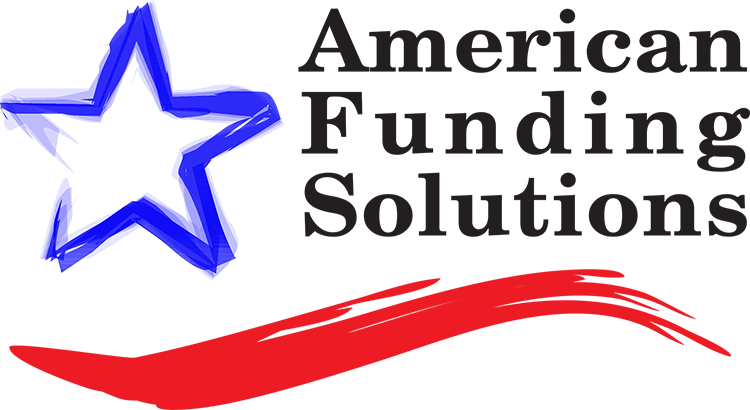Maintaining a healthy cash flow is crucial for the success of any small business. Efficient invoicing practices play a pivotal role in ensuring timely payments and steady revenue streams. In this blog post, we’ll explore a range of essential invoicing tips tailored to help small business owners maximize their cash flow. Implementing these strategies can lead to improved financial stability and long-term growth prospects.
- Clear and Detailed Invoices
A well-structured invoice is the foundation of efficient cash flow management. Ensure that your invoices are clear, concise, and contain all the necessary details. Include your business logo, contact information, invoice number, issue date, due date, and a breakdown of the products or services provided. Explicitly list each item, its quantity, unit price, and total. Clarity leaves no room for ambiguity, reducing the chances of disputes and delayed payments.
- Set Clear Payment Terms
Define your payment terms upfront and communicate them clearly to your clients. Specify the payment due date and any late payment penalties or interest charges. Common payment terms include “Net 30,” indicating payment is due within 30 days of the invoice date. Setting expectations from the outset fosters a professional relationship and encourages timely payments.
- Automate Invoicing
Invest in invoicing software or tools that enable you to automate the invoicing process. Automation saves time and reduces the risk of human errors. Set up recurring invoices for retainer clients or subscription services to ensure consistent billing. Automation also provides you with real-time insights into invoice status, helping you track payments and follow up on outstanding amounts more efficiently.
American Funding Solutions offers an exclusive rate to new QuickBooks users, check out the offer here! (Eligible for commissions)
- Send Invoices Promptly
Timeliness is crucial in invoicing. Send out your invoices promptly after delivering your products or services. Delayed invoices can lead to delayed payments, impacting your cash flow. Setting up automated invoicing reminders can help ensure you never miss a billing cycle.
- Implement a Follow-Up Strategy
Late payments are a common challenge for small businesses. Implement a systematic follow-up strategy for overdue invoices. Send polite reminder emails a few days before the due date and follow up with additional reminders after the due date has passed. Personalize your communication and offer assistance if there are any issues on the client’s end. A consistent follow-up approach demonstrates your commitment to timely payments and encourages clients to prioritize settling their invoices. If you factor with American Funding Solutions, we will follow up with your customer to encourage timely payments.
In conclusion, invoicing is not just a financial formality; it’s a strategic tool that can significantly impact your small business’s cash flow. By implementing these 5 invoicing tips, you can streamline your financial operations, foster strong client relationships, and maintain a steady and healthy cash flow. Clear and detailed invoices, transparent payment terms, timely invoicing, automation, and a proactive follow-up strategy will help you achieve a smoother invoicing process and optimize your cash flow management. Remember, a well-structured invoicing system isn’t just good for your business; it’s an essential step towards long-term success.
